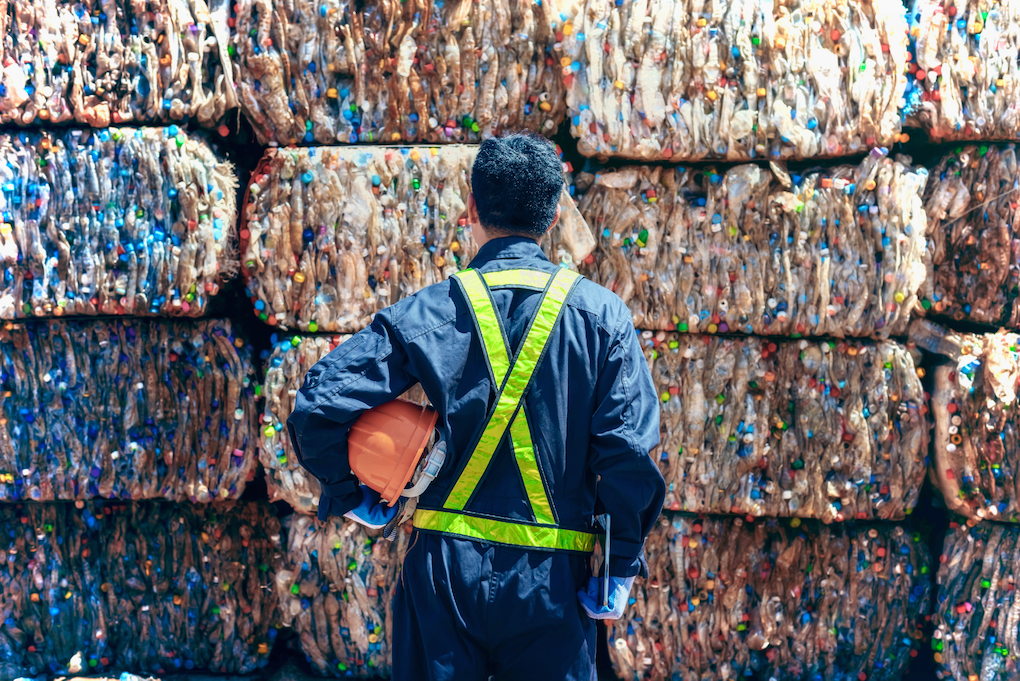- « first View: Taxonomy term
- ‹ previous View: Taxonomy term
- …
- 6 of 58 View: Taxonomy term
- 7 of 58 View: Taxonomy term
- 8 of 58 View: Taxonomy term
- 9 of 58 View: Taxonomy term
- 10 of 58 View: Taxonomy term (Current page)
- 11 of 58 View: Taxonomy term
- 12 of 58 View: Taxonomy term
- 13 of 58 View: Taxonomy term
- 14 of 58 View: Taxonomy term
- …
- next › View: Taxonomy term
- last » View: Taxonomy term

 Plastics made from polyethylene (white strands), such as the milk bottle shown in background, can now be broken down into smaller molecules — propylene — that are valuable for making another type of plastic, polypropylene. Click image for more detailed caption. (Illustration: Brandon Bloomer, UC Berkeley)
Plastics made from polyethylene (white strands), such as the milk bottle shown in background, can now be broken down into smaller molecules — propylene — that are valuable for making another type of plastic, polypropylene. Click image for more detailed caption. (Illustration: Brandon Bloomer, UC Berkeley)







